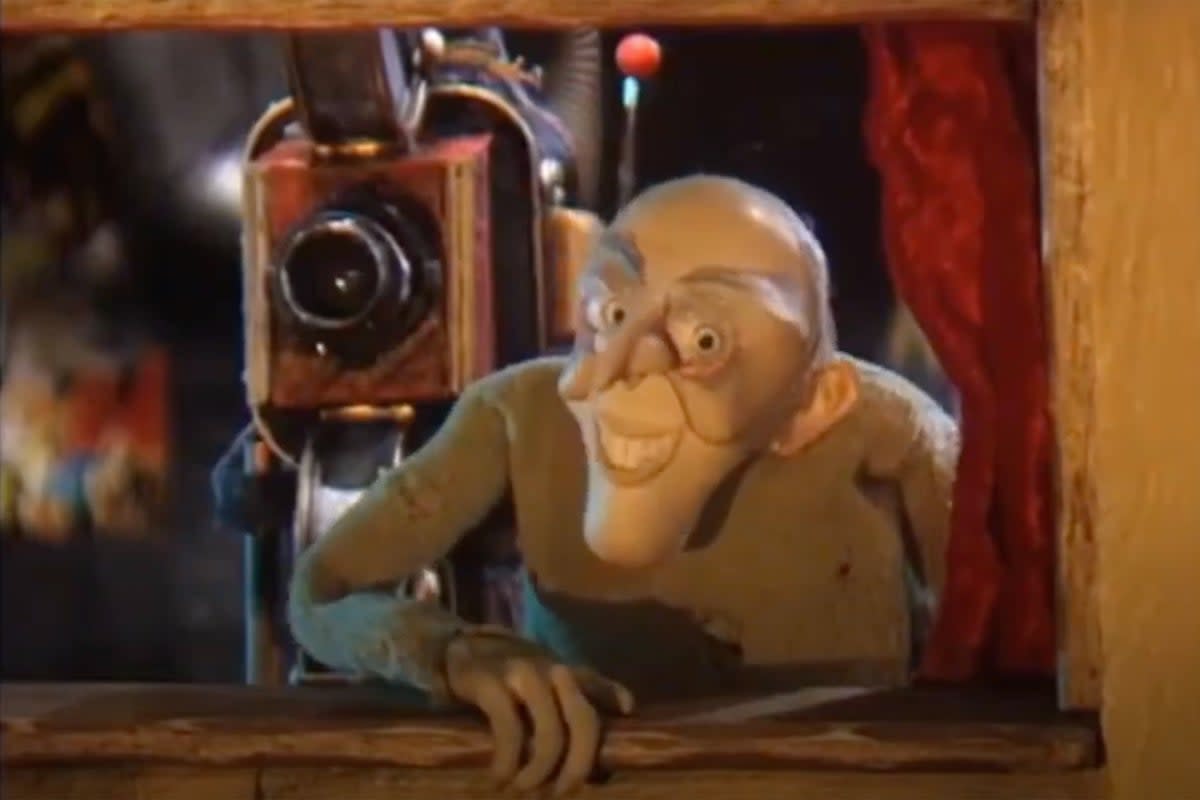Voices: Farewell to CITV – you showed kids like me the weirder side of British children’s television

Entertainment options for working class kids were pretty sparse in the early 2000s. When our rich friends told us about Sky+, we treated them as though they’d seen miracles. You can rewind tv? You can fast forward through adverts? We sweltered in our envy. This was surely only one step away from actual time travel.
The rest of us had to make do with after-school terrestrial telly. In particular, we made do with CITV, which closes tonight after over 40 years on air. I know that this will sound strange in the era of streaming and the YouTube Kids app, but TV shows made specifically for children felt like a real novelty at the time.
My earliest memories of TV are of my parents watching programmes that I could not fathom and laughing at jokes that I did not even realise were jokes. For the most part, TV seemed like just another inscrutable object for grown-ups, like wallets or car keys or the microwave.
But for a couple of hours every weekday – after we got home from school but before Home and Away came on – it was as though the kids had staged a hostile takeover of the TV screen. Of course, we could stick to CBBC and watch wholesome things like Blue Peter raising money for healthcare projects in Peru, or we could spin over to CITV and get really weird with it.
It wasn’t even a choice. CITV was the outback of children’s programming. It was the Badlands; the fringes. Even its channel number felt weird and outsiderish. CITV languished on channel three; a distant bronze medal to BBC1 and BBC2. Channels 4 and 5 had no after-school children’s programming, and channel six was – on my parent’s TV at least – a whirl of grey and white static. For us kids, CITV was literally the last option before the wilderness.
It was also a noticeably quite rickety production. CBBC had a studio and actual on-screen human presenters to fill the time between programmes. Its roster of shows was full of home-grown talent and thoughtful subject matter. CITV had disembodied voice-overs that only occasionally matched up with the jittery interstitial animation that played between the ads.
Its programme schedules often felt as though they had been assembled in the dark. (Men in Black followed by Old Bear Stories? Really?) Whereas CBBC always felt like the grown-ups were in charge somewhere, CITV felt truly and exclusively in – and from – the world of the kid. We adored it.
But what of the programmes themselves? I know everyone loves Art Attack, and for good reason. I don’t know a single artist around my age who does not cite it as a formative influence on their creative process. But I want to focus on a lesser-remembered CITV show from this era. I want to tell you about Grizzly Tales for Gruesome Kids.
Grizzly Tales for Gruesome Kids can best be described as “Baby’s First Twilight Zone”. It was an anthology show of horror stories, and each episode began with a wordless and nameless Claymation boy entering a decrepit cinema to watch a series of animated shorts, each one designed to deliver a stern cautionary message.
One story stands out to me, simply entitled “Sweets”. In it, a small boy named Thomas is warned to behave himself while out shopping with his mother, but the obnoxious twerp causes chaos anyway. After rampaging through a noticeably pre-recession shopping precinct, Thomas is captured by a sadistic sweetshop owner who drops him into a vat of papier mâché. Thomas is completely paralysed – but is, appallingly, still fully conscious.
The episode ends with Thomas standing in a shop window, immobilised and looking at his mother on the other side of the glass. “She seemed to recognise him,” the narration informs us, before adding with barely disguised glee, “but couldn’t remember where from.” Thomas’s mother then makes her sad, shuffling way off screen, and we are left with the final shot of the story: Thomas’s eyes, filling with tears.
It has been 23 years since this episode aired. I still cannot walk past a mannequin without thinking about it. I have no idea who approved this literal horror show for children’s consumption, but I am enormously grateful they did.
It’s a postcard from an altogether weirder era of children’s programming, and a footnote in the niche genre of Grim British Animation, which has been quietly traumatising unsuspecting viewers since 1978’s Watership Down.
Sky+ let you pause and rewind live TV. CITV had the guts to show us things that made us scared to do so.


